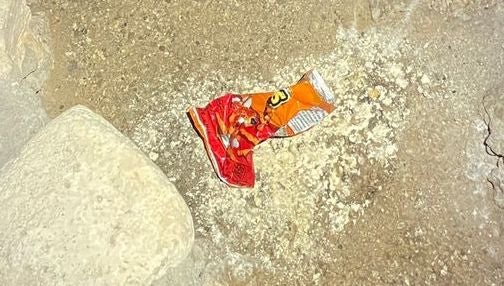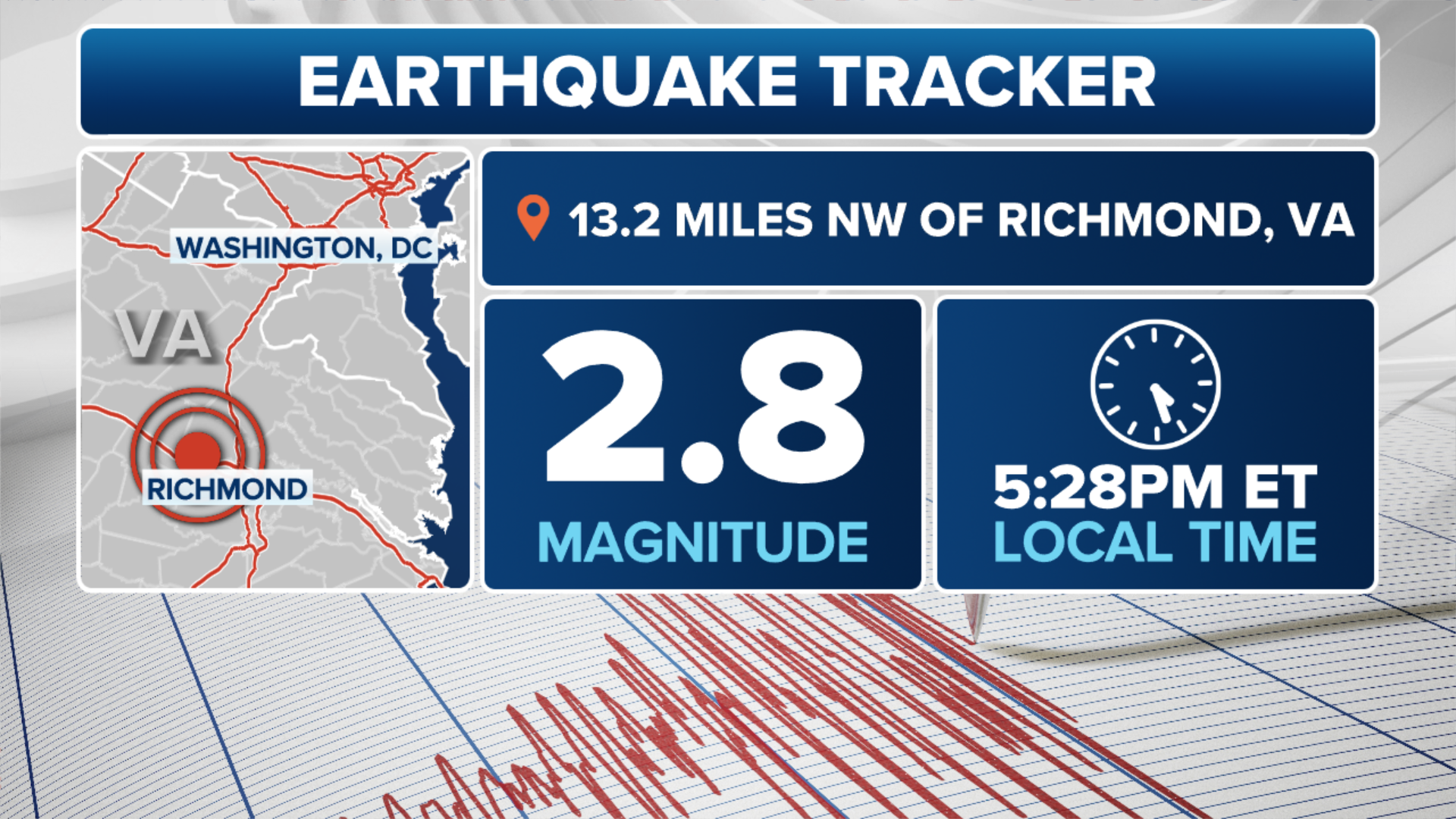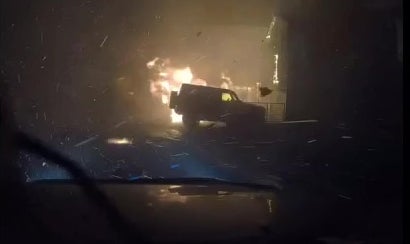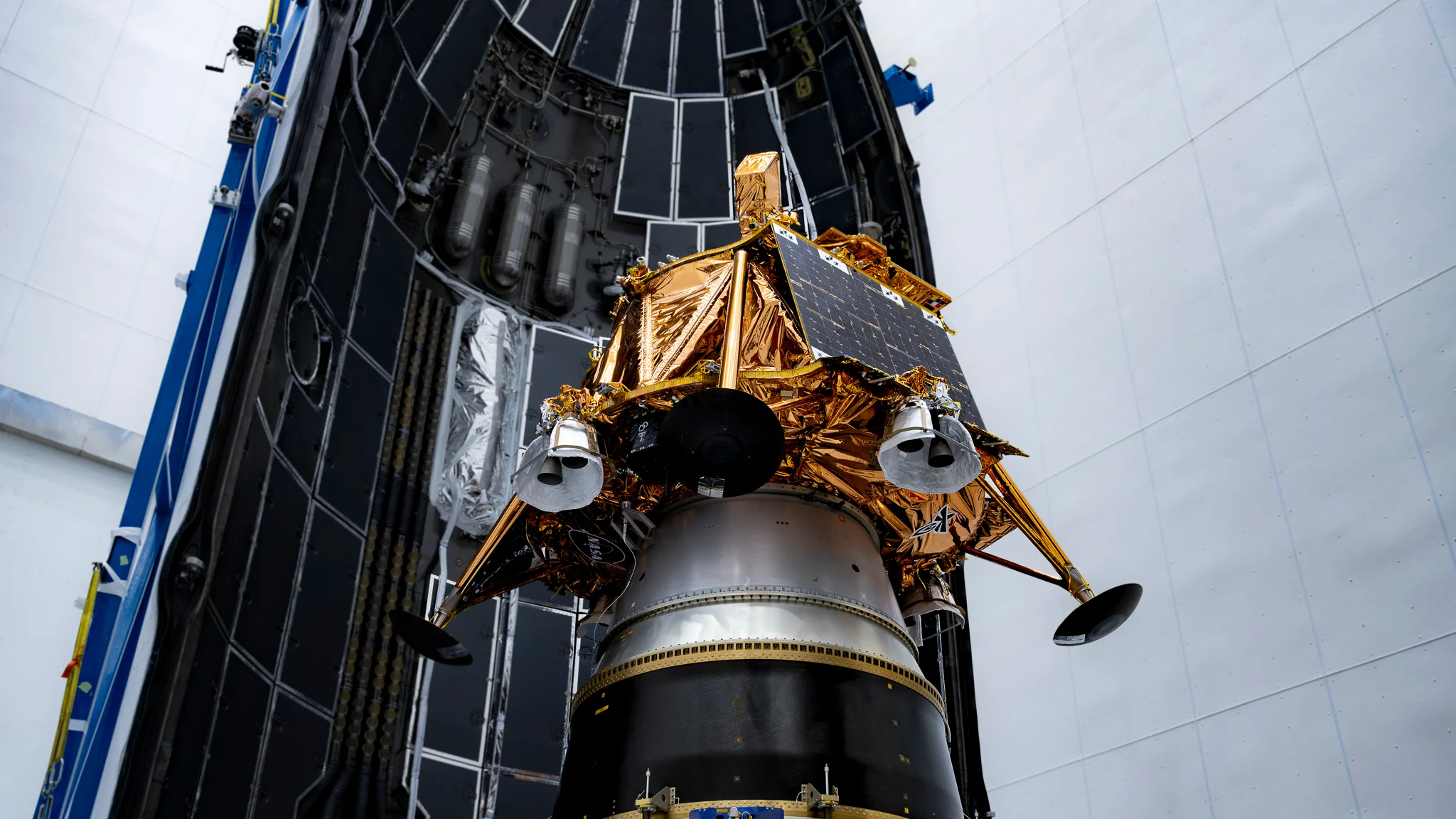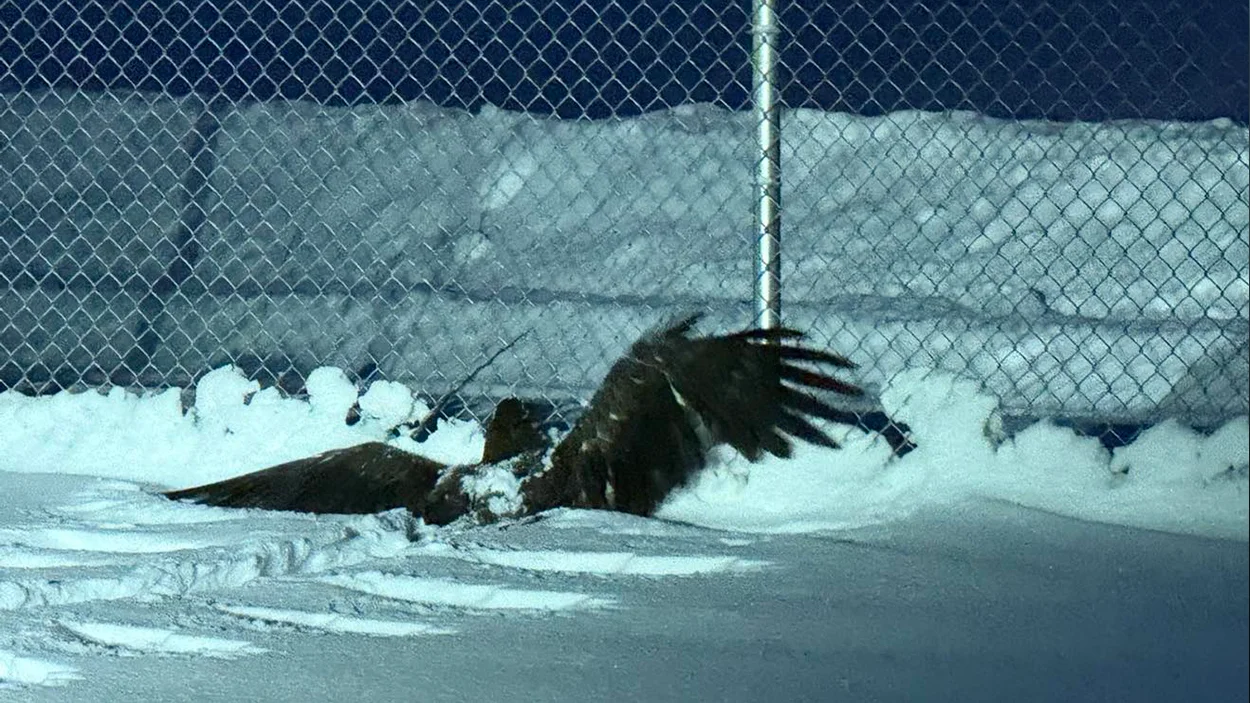NEW YORK – The last 365 days have been filled with extreme weather events, including powerful hurricanes and other natural disasters, leaving a significant mark on 2024. Hurricanes Milton, Helene, Debby and Beryl caused widespread destruction and loss of life. Beyond hurricanes, the year also witnessed severe flooding, a total solar eclipse, wildfires and intense heat waves. Some oddities also made headlines this year.Here are the 10 biggest weather stories that you saw on FOX Weather and foxweather.com this year.Hurricane Milton made landfall near Siesta Key, Florida, as a Category 3 storm on Oct. 9 at 8:30 p.m. EDT. Before weakening due to wind shear, Milton approached the state as a devastating Category 5 hurricane.Despite the weakening, the storm’s expansive wind field caused significant damage across east central Florida. A tornado outbreak produced at least 19 confirmed tornadoes, and hurricane-force winds downed trees and power lines, damaging numerous homes and businesses.On Milton’s northern side, torrential rainfall of 10 to 15 inches (or more) led to localized flooding and rising water levels in rivers and creeks.Milton is blamed for at least 17 deaths across eight counties in Florida.Hurricane Helene made landfall in Florida’s Big Bend region Sept. 26. Moving rapidly at 20 mph, the storm quickly traversed Georgia and the Southern Appalachians, dissipating by Sept. 29.Helene brought unprecedented rainfall to the region, which led to catastrophic flooding and widespread destruction, particularly in the mountains of western North Carolina and eastern Tennessee. The storm also caused extensive power outages.FOX Weather independently confirmed the death toll from Helene at 230 across seven states, with 102 fatalities confirmed in North Carolina alone.Hurricane Debby formed from a tropical depression that developed near Cuba on Aug. 2. It strengthened into a tropical storm on Aug. 3 and a hurricane on Aug. 4. The storm made landfall near Steinhatchee, Florida, on Aug. 5.While Debby caused some storm surge and wind damage, its most significant impact was severe flooding. Torrential rainfall, particularly in Manatee and Sarasota counties, led to widespread flooding, road closures and water rescues.At least 8 people have died because of the storm.Hurricane Beryl was a powerful and long-lasting storm that formed in the Atlantic on June 28. It rapidly intensified into a major hurricane, making landfall in Grenada and then Jamaica as a Category 4 storm. It struck the Yucatán Peninsula as a high-end Category 2 hurricane before weakening to a tropical storm. Once in the Gulf of Mexico, Breyl again became a hurricane before making landfall in Texas. The eyewall moved over the Houston metro area, causing extensive damage and leaving thousands without power for days.Skies across the U.S. were lit in a spectacular, colorful glow at levels not seen in years or decades after massive solar flares slammed into Earth on May 10.Northern Light displays, usually relegated to states along the Canadian border during a typical geomagnetic storm, reached as far as the Gulf Coast, with pink, green and purple skies reported in Florida, Texas and Alabama. NOAA’s Space Weather Prediction Center said satellites observed conditions that reached level 5 on its 5-point scale of geomagnetic activity – the first such storm to reach that level since October 2003.More than a dozen states were in the path of a total solar eclipse that crossed the country on April 8. It began in Texas and traveled northeast before exiting Maine. Big cities along the path included Dallas in Texas, Little Rock in Arkansas, Indianapolis in Indiana, Cleveland in Ohio and Buffalo in New York.The next total solar eclipse to cross a sliver of the Lower 48 won’t happen until 2044.It wasn’t a bird or a plane that people in nearly a dozen states spotted just after 1 a.m. on Aug. 30. Instead, it was a fireball that illuminated the sky and created the sound of a sonic boom.The American Meteor Society said it received more than 150 reports of people both seeing and hearing the event, which NASA later classified as a “very bright” fireball – a rather infrequent event.According to the space agency, the event began about 45 miles above Piney Flats, Tennessee, and moved south and eastward at an astonishing 31,300 miles per hour.A Cheetos snack bag left behind in a cave at New Mexico’s Carlsbad Caverns National Park led to park officials condemning the seemingly innocuous litter for disrupting the delicate underground ecosystem. The snack bag was dropped in the Big Room, the largest single cave chamber by volume in North America, according to the NPS.They said the leftover Cheetos provided an ideal environment for hosting fungi and microbial life, as the processed corn in the snack was softened by the humidity of the cave.”At the scale of human perspective, a spilled snack bag may seem trivial, but to the life of the cave it can be world changing,” park officials said.A bison gored an 83-year-old woman on June 1 at Yellowstone National Park.Park emergency responders rushed her to a local medical clinic, where she was flown by helicopter to an Idaho hospital. Doctors said she sustained serious injuries.The woman from Greenville, South Carolina, got too close to the bison, according to the National Park Service.”The bison, defending its space, came within a few feet of the woman and lifted her about a foot off the ground with its horns,” the NPS said in a statement.A concerned animal lover found herself a bit embarrassed after rescuing what she believed to be an injured creature found on the roadside.A British woman found a small creature resembling a baby hedgehog on the sidewalk in March and eventually took it to the Lower Moss Wood Educational Nature Reserve & Wildlife Hospital in Knutsford, England. The hospital manager thought it was unusual to see a baby hedgehog at this time of year, but asked the woman to keep it warm and bring it in the morning.The next day, the hospital manager examined the creature and realized it was not a hedgehog, but a fluffy hat bobble. “It’s a golden rule that hedgehogs shouldn’t be out in the daytime, especially little ones like that, but she did absolutely the right thing – aside from the fact that it wasn’t a hedgehog,” animal hospital manager Janet Kotze said.
/
December 31, 2024
10 biggest weather stories of 2024 is all that – and a bag of Cheetos
